How AI Might Save the News Media
That may be tough to see right now. Since the launch of OpenAI’s ChatGPT in late 2022, and a whole host of other AI-powered chatbots and virtual assistants, the focus has revolved around how these tools could take over the jobs of journalists and other content creators. The media industry, already struggling, feels rightfully attacked. […] The post How AI Might Save the News Media appeared first on Unite.AI.


That may be tough to see right now. Since the launch of OpenAI’s ChatGPT in late 2022, and a whole host of other AI-powered chatbots and virtual assistants, the focus has revolved around how these tools could take over the jobs of journalists and other content creators. The media industry, already struggling, feels rightfully attacked.
Even from the inside. Shortly after, the owner of Politico and Insider Mathias Döpfner told his employees earlier this year that AI could replace them. Then, the entire newsroom at BuzzFeed was let go, with CEO Jonah Peretti saying the company will be pivoting to focus on AI. The list of newsrooms experimenting with AI to automate news generation continues to grow. Meta and OpenAI specifically attract journalists to train LLMs.
Along with the adoption of AI came human layoffs. Journalists surely have reason to be worried. That said, media executives have been too quick to adopt tech and slash human, it seems, after a number of cringeworthy incidents have come to light.
CNET and its sister company Bankrate were called out for publishing dozens of articles with inaccuracies written by AI; since then, they’ve halted AI publishing. In a similar vein, G/O Media – the owner of sites like Jezebel and Gizmodo – published AI-generated stories without editor input and as such, contained multiple errors. And Microsoft users were appalled by an inappropriate AI-generated poll posted next to a story about a woman found dead.
All in all, AI is very unlikely to replace journalists. Instead, AI will likely help news publications and make them ever more dominant. Why? The answer to this lies in the most crucial commodity for AI labs: high-quality training content.
Déjà Vu: How Social Media Reshaped News
Just as the internet reshaped the media business – with some companies tanking because of overreliance on the shiny new toy and others significantly benefiting from a measured approach to the new advertising avenues and open distribution – so too will AI.
Initially, media publishers were excited by the prospects of rising social media. No longer were they bound by the physical barriers of print. It turned out they were suddenly competing with the entire world, which included not just all other publications but individual bloggers and influencers. The New York Times has become a digital media juggernaut that has attracted over 11 million paid subscribers and has become one of the largest news publishers in the world. Many other publications are struggling or have had to close down.
However, AI has the potential to reshape the entire field by bringing power back to news media. Large Language Models need a lot of content for training, and the quality of this content varies. Turns out, AI companies give a lot of weight to information captured from news organizations. That’s because, unlike your X/Twitter feed and social media in general, these publications offer high-quality, vetted information, curated by not just one content creator but by a whole newsroom of reporters and editors. So this information will be labeled as more reliable and surfaced more often. This signals how valuable media companies and the work their human staff produce are.
So, what does The New York Times think about dealing with AI? Well, they’re suing OpenAI. And along with a huge list of media businesses, including The Guardian, Condé Nast, Forbes, and many more, they are blocking AI crawlers from scraping the content on their sites. The News/Media Alliance recently slammed Google’s newly launched AI Mode by saying it ‘just takes content by force and uses it with no return’ to publishers like Condé Nast and Vox Media.
But this may be a negotiation tactic. Already, AI companies and media institutions have begun to partner. Meanwhile, OpenAI has partnered with over 20 news publishers, including more than 160 outlets, such as the Washington Post, The New Yorker, and Wired. Perplexity signed agreements with AdWeek, The Independent, Los Angeles Times, and World History Encyclopedia. AI labs are approaching a point where they have exhausted much of the high-quality, publicly available data suitable for training large language models, and are actively looking for new content.
So these licensing partnerships are very important – not just so AI companies can develop useful products and not just so newsrooms can distribute their articles to a wider base, but so consumers get access to well-researched, educated information.
The New Front Page: Getting Into the AI Dataset
Because consumers have already begun utilizing AI to search. Google and other search engines are losing ground as the results have become overrun with content created by marketers and SEO wizards that push unhelpful websites to the top. More and more, people are querying ChatGPT and other AI assistants to get better, more specialized content for their search.
Gergely Orosz, the author of a developer-focused Pragmatic Engineer newsletter, mentioned in May that ChatGPT drove more traffic to his blog than either DuckDuckGo or Bing in the past month, and these visitors read the page longer.
Going forward, getting into the dataset of major LLMs will be just as important as appearing on the first page of Google Search results. Consumers seek product recommendations, research apps, and services, summarize information on complex topics, do basic market research, or learn about new things. All of these instances are great opportunities for businesses to capture new audiences in a fresh environment. Companies will fight for this position tooth and nail, and the more people who flock to AI search, the more critical this area will become.
This gets us back to the beginning, since the best way to enter the LLM training dataset is by appearing in major news media publications that produce high-quality journalism and have secured direct partnerships with OpenAI, Anthropic, Perplexity, and other AI labs. This further entrenches the media's position and provides them with a real path for the future.
Meanwhile, optimizing content for the inclusion in training datasets will become the new SEO.
The post How AI Might Save the News Media appeared first on Unite.AI.

_sleepyfellow_Alamy.jpg?width=1280&auto=webp&quality=80&disable=upscale#)


















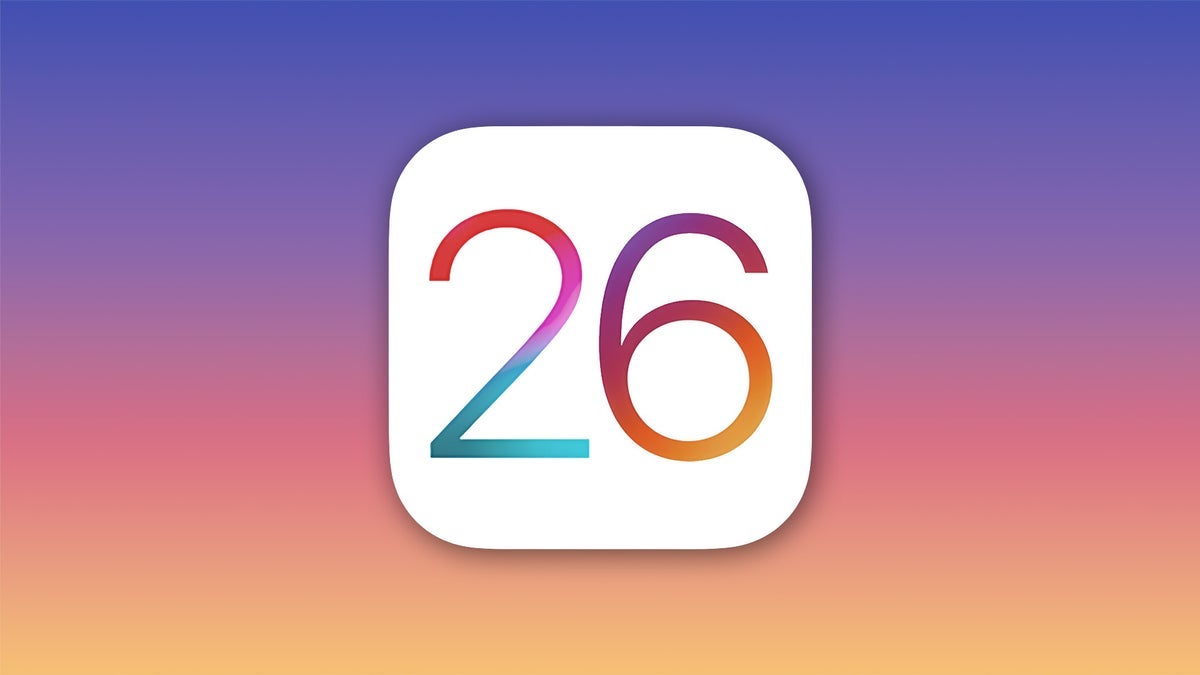


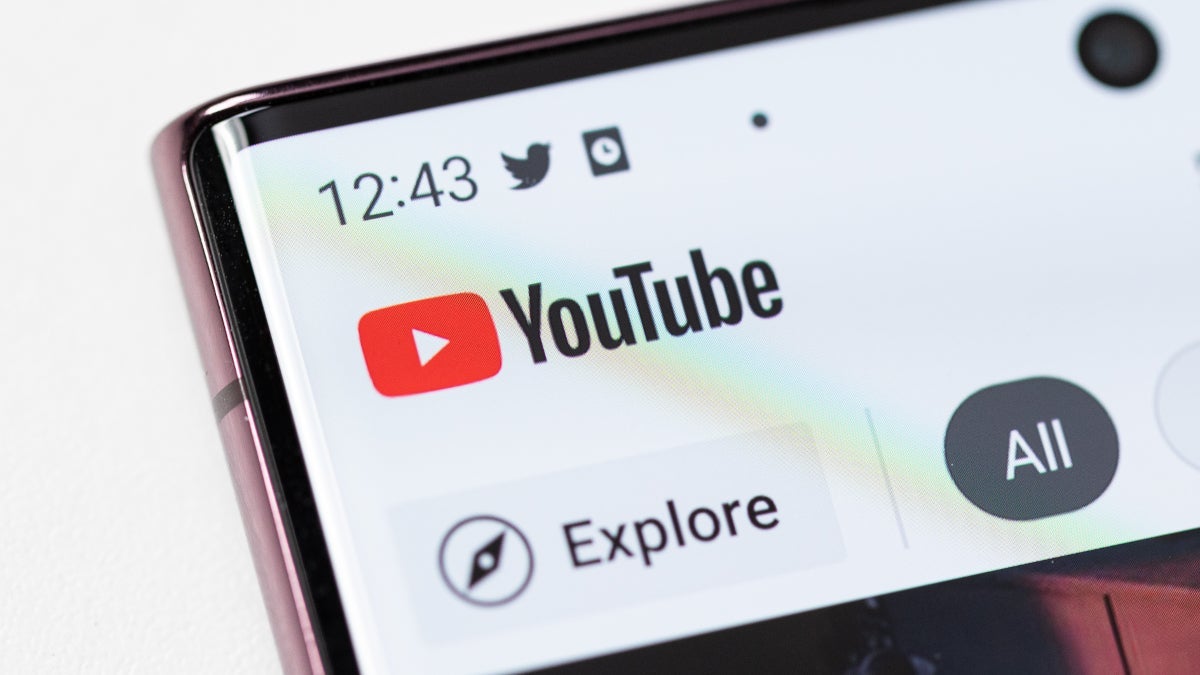






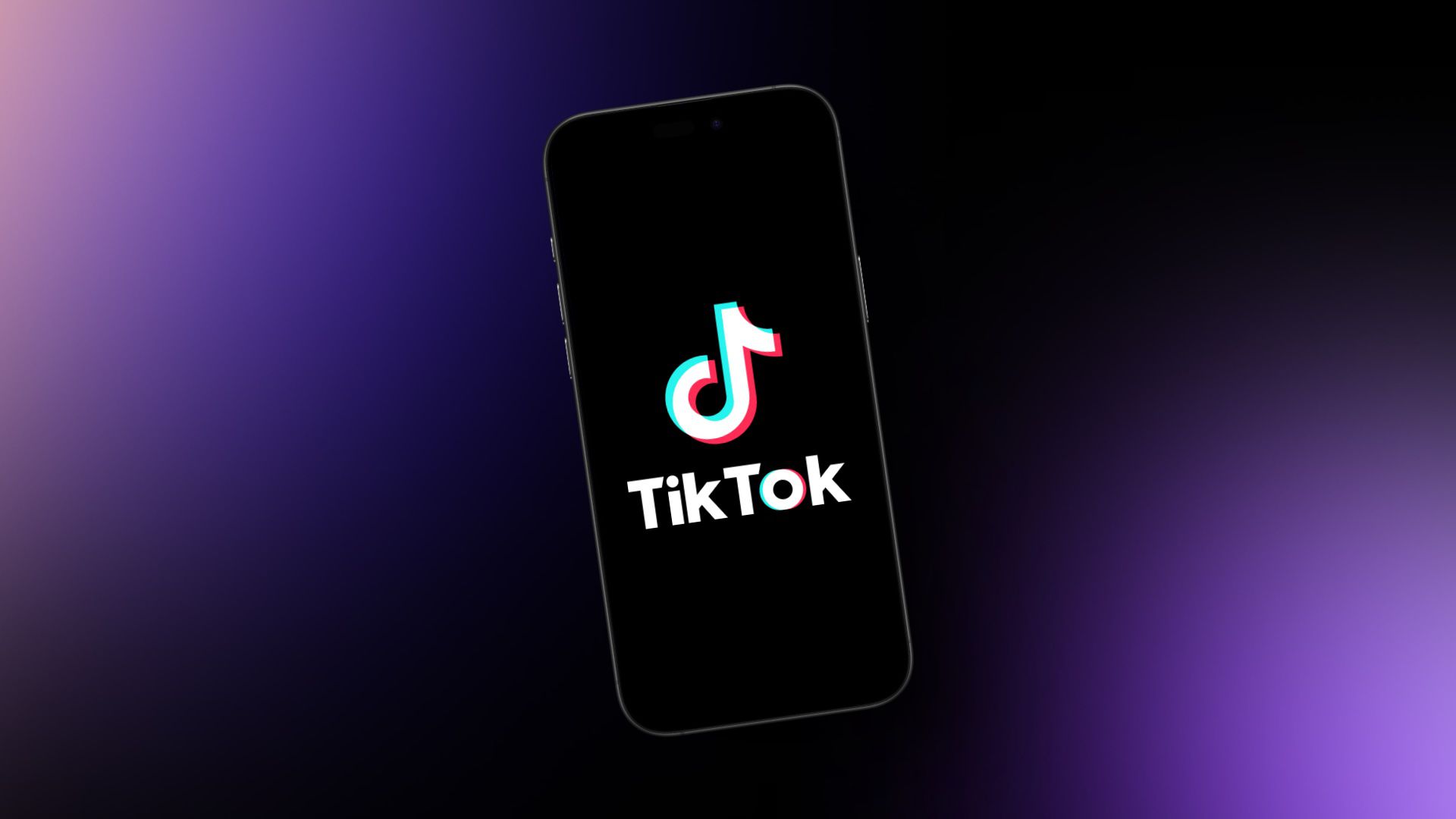
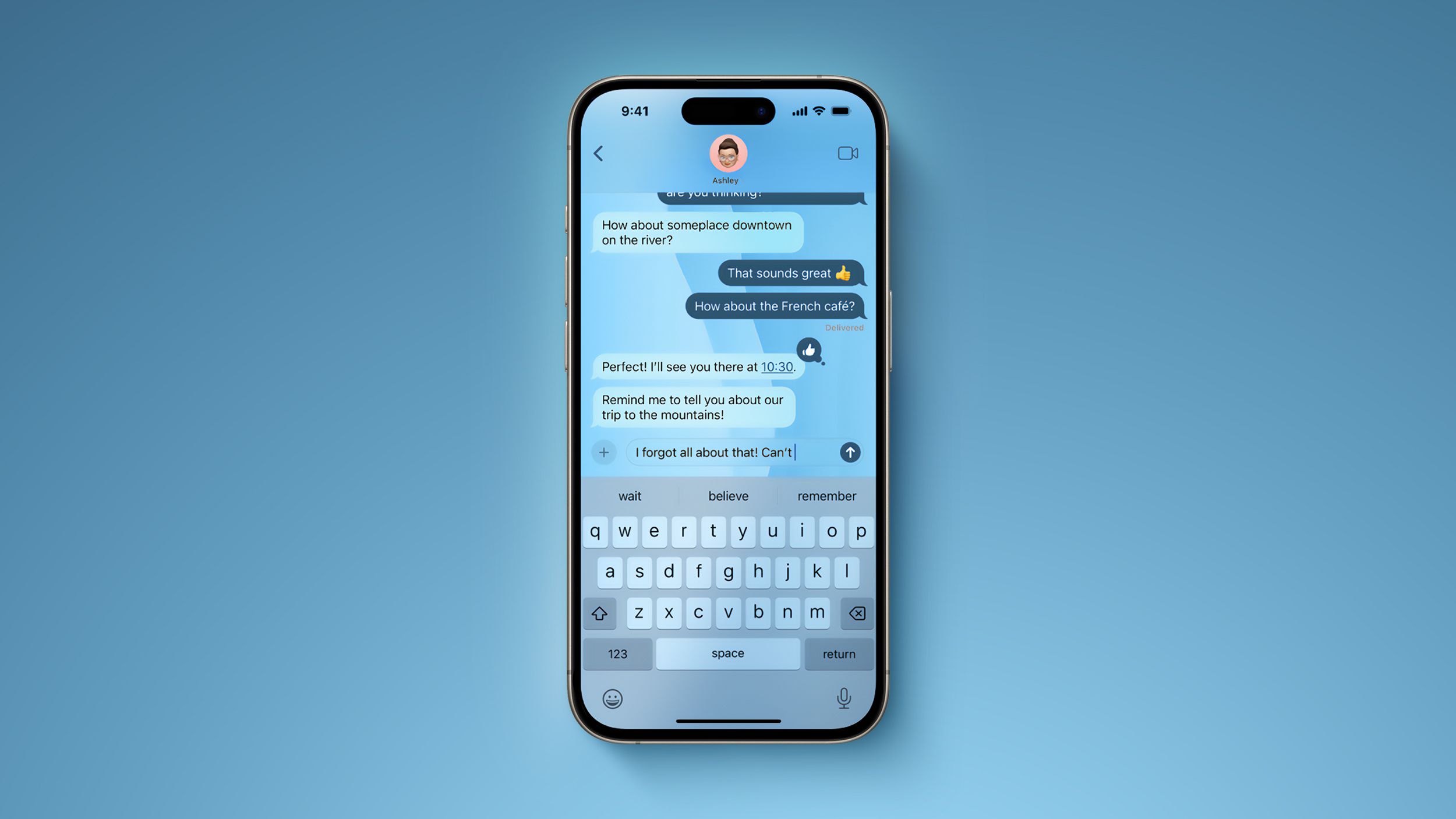

























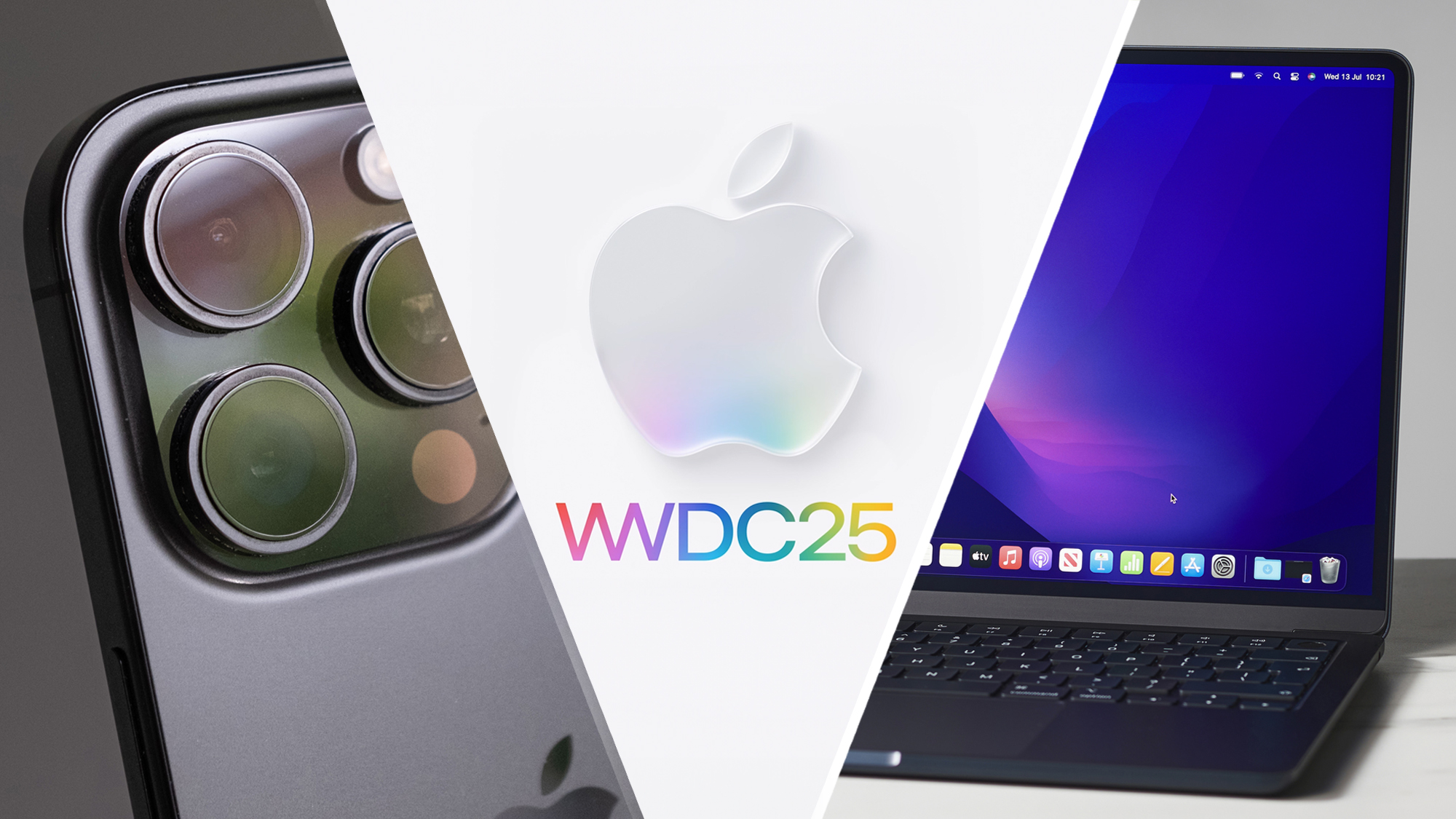















![watchOS 26 May Bring Third-Party Widgets to Control Center [Report]](https://www.iclarified.com/images/news/97520/97520/97520-640.jpg)

![AirPods Pro 2 On Sale for $169 — Save $80! [Deal]](https://www.iclarified.com/images/news/97526/97526/97526-640.jpg)





















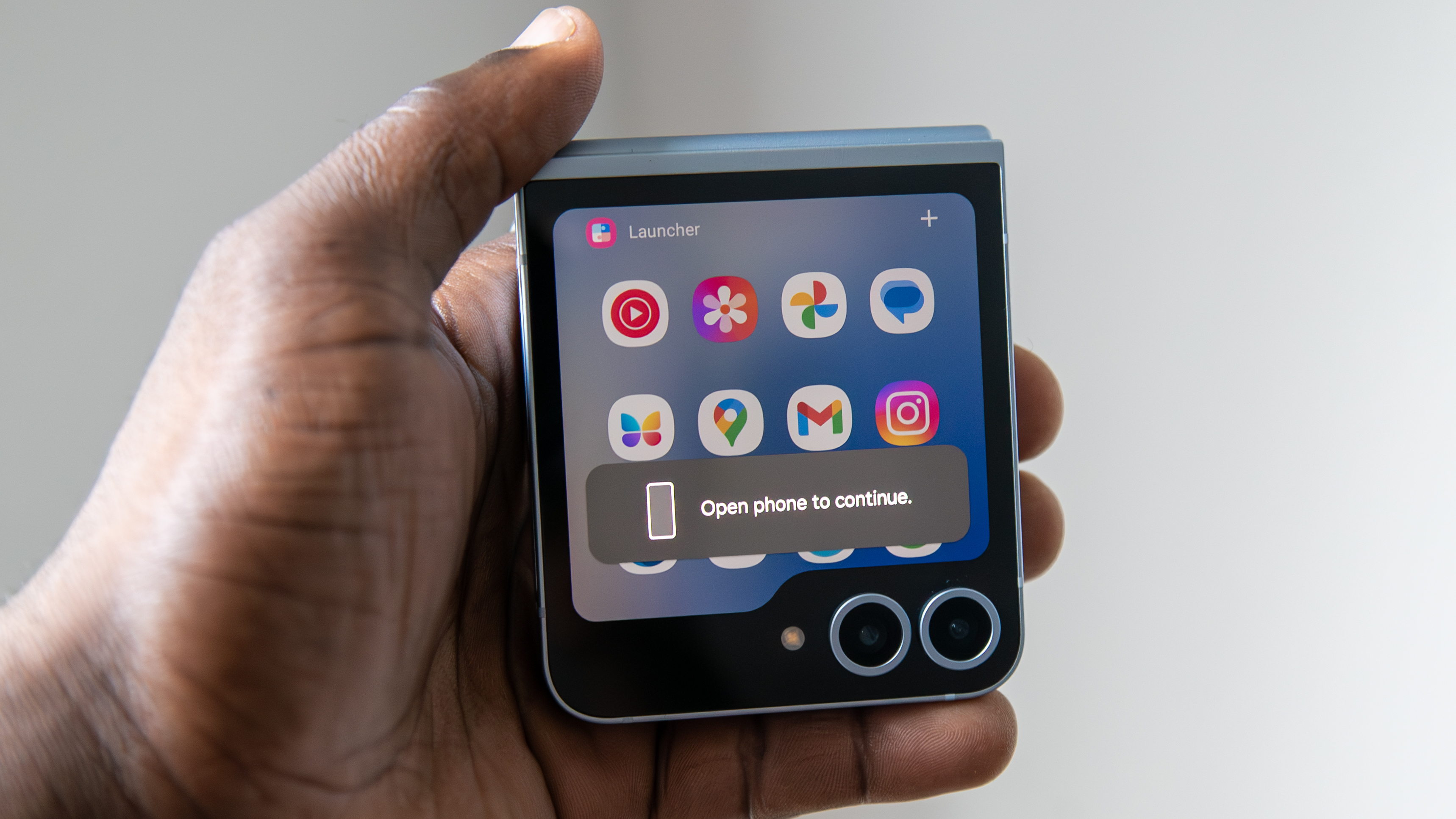


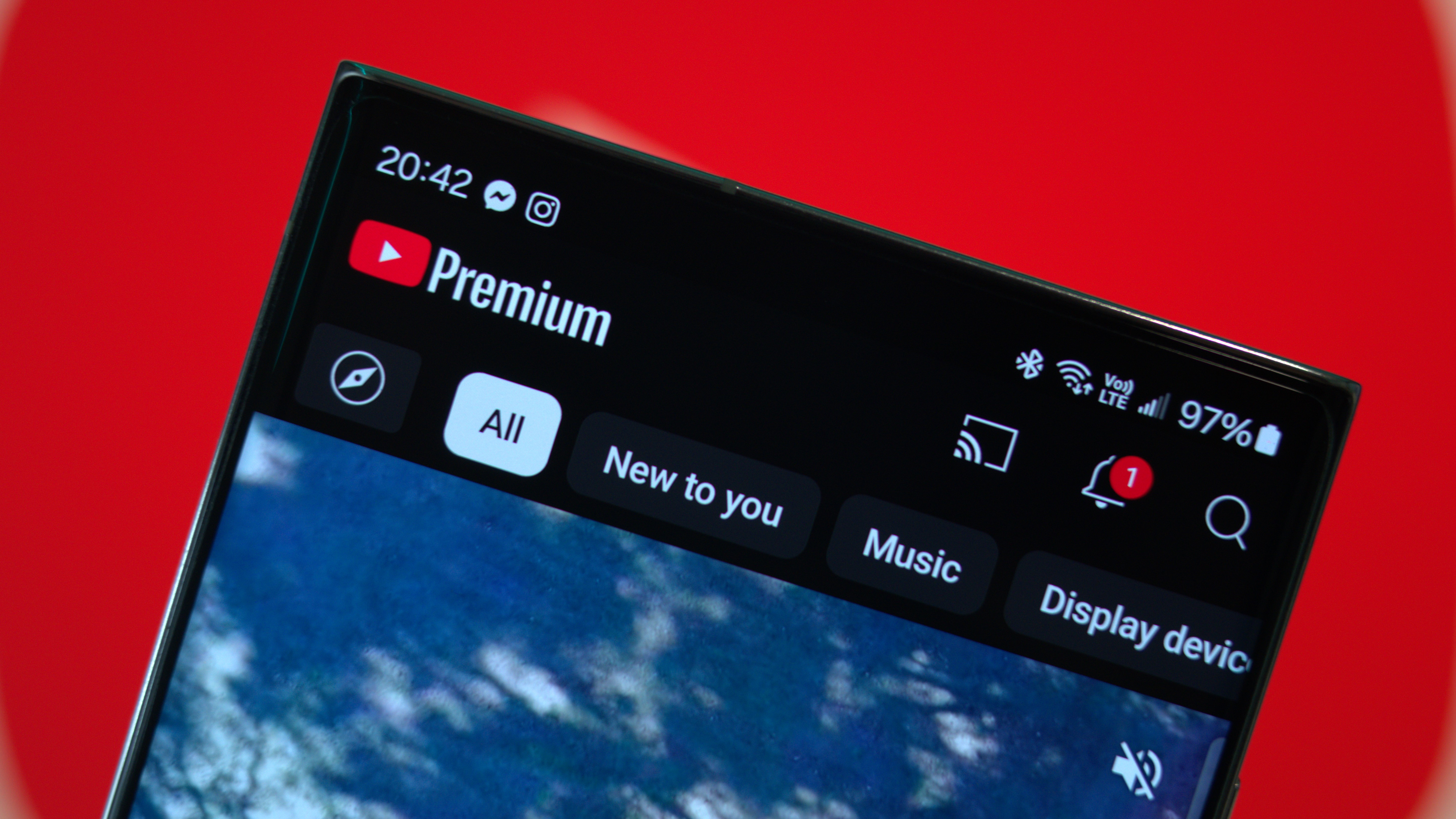


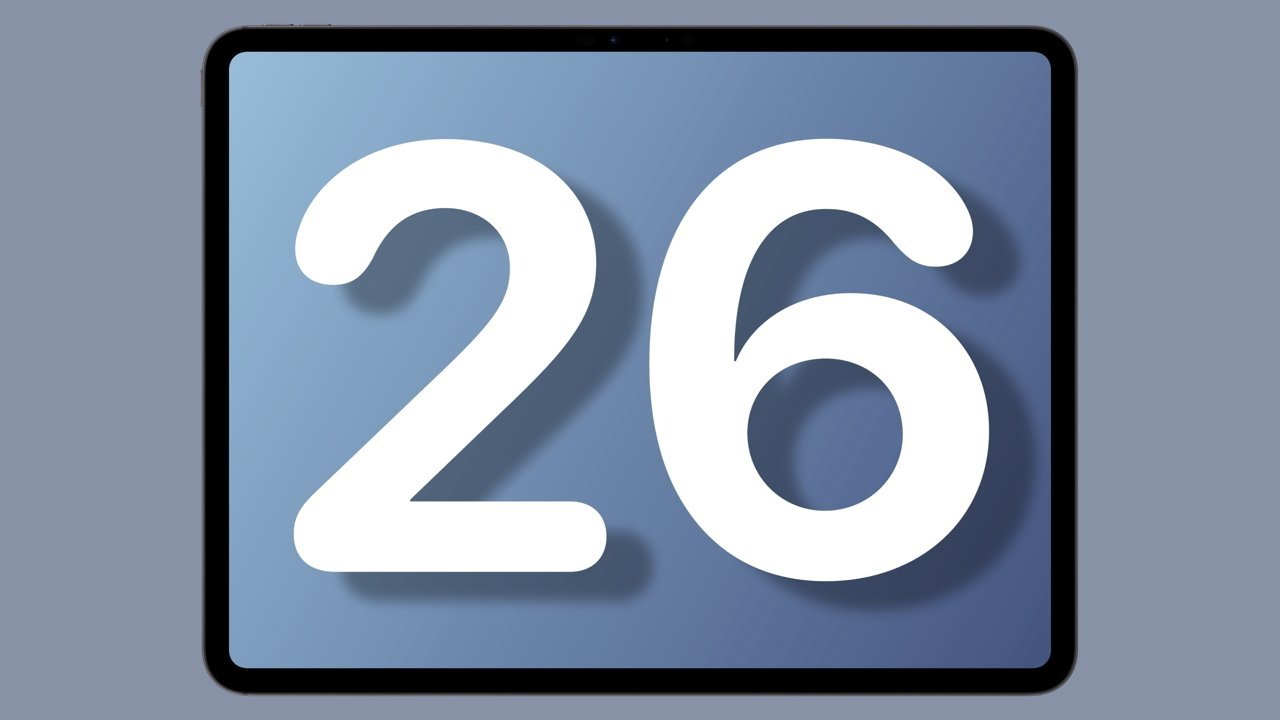

















































































_Michael_Vi_Alamy.jpg?width=1280&auto=webp&quality=80&disable=upscale#)






























































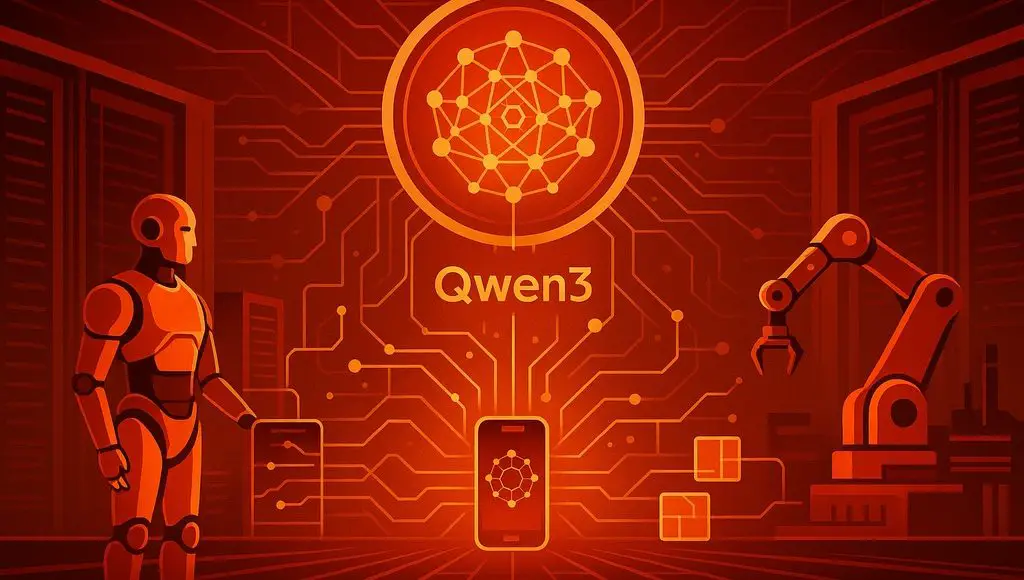
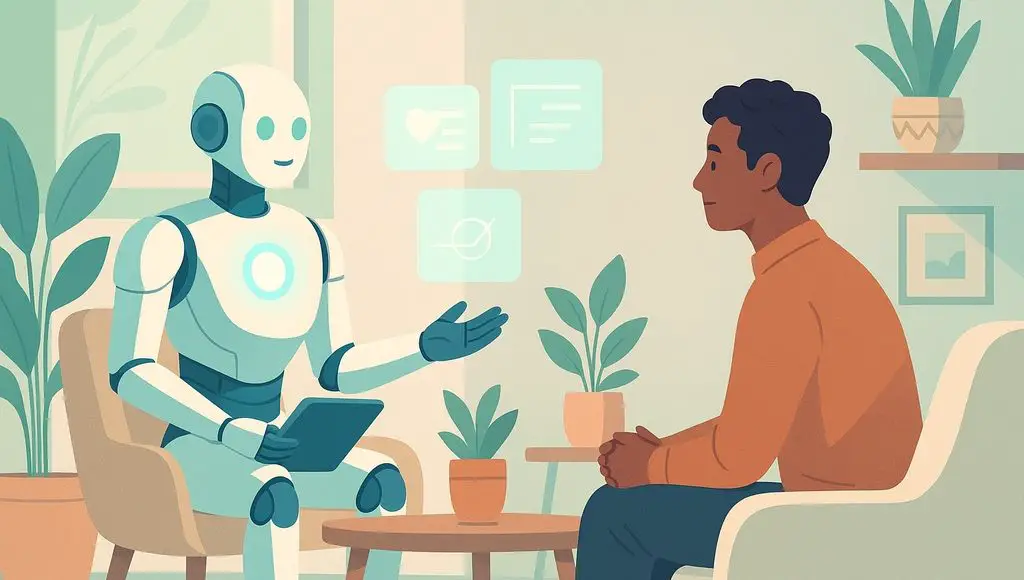


















































![[The AI Show Episode 151]: Anthropic CEO: AI Will Destroy 50% of Entry-Level Jobs, Veo 3’s Scary Lifelike Videos, Meta Aims to Fully Automate Ads & Perplexity’s Burning Cash](https://www.marketingaiinstitute.com/hubfs/ep%20151%20cover.png)











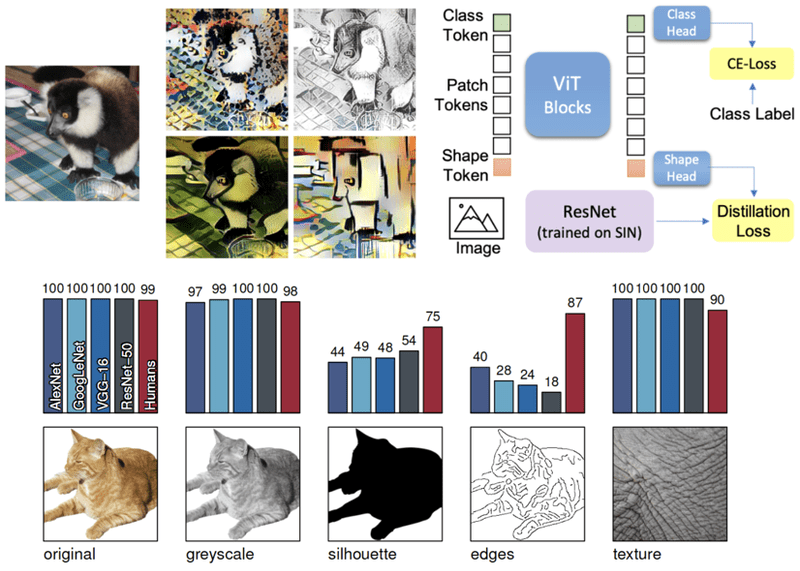




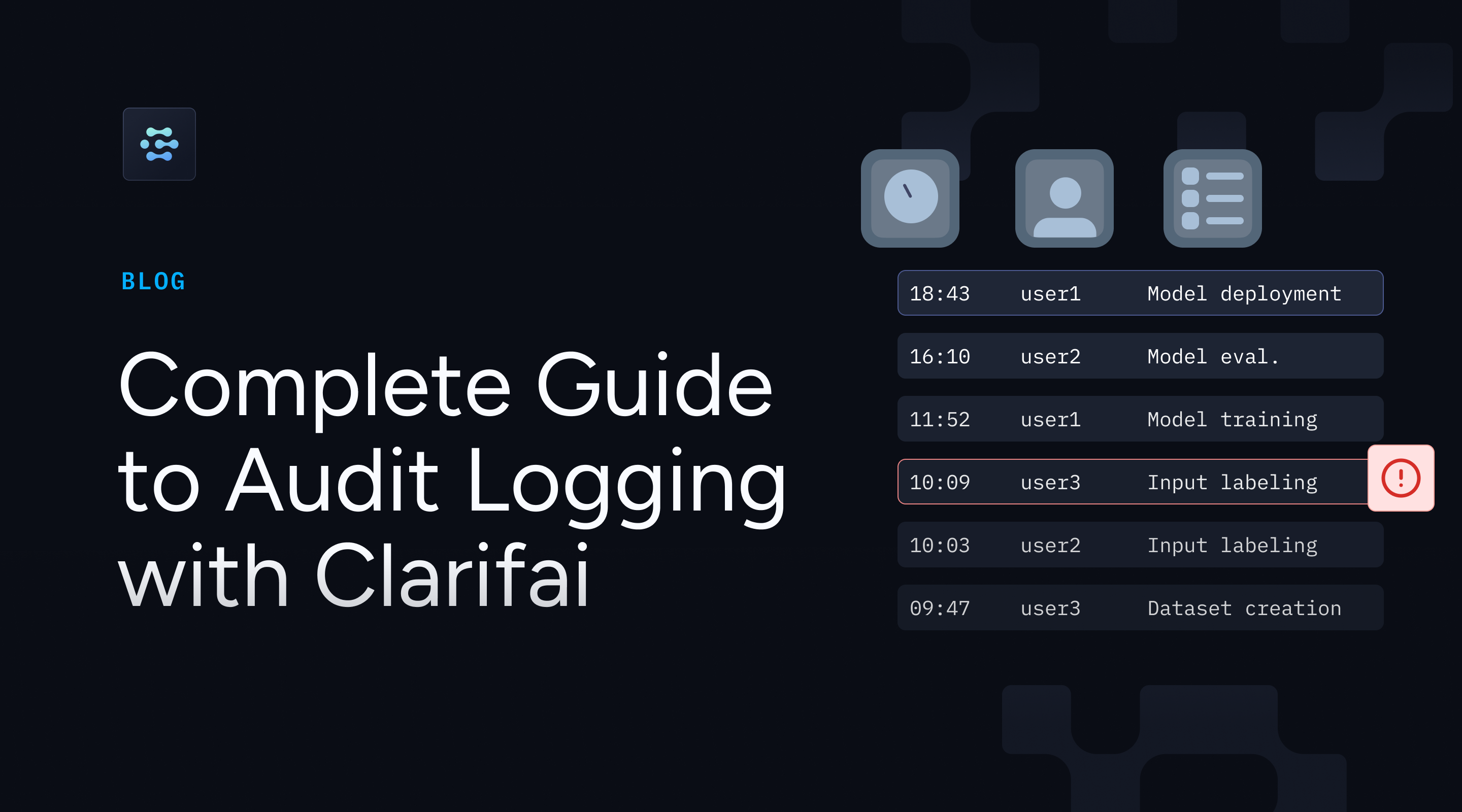




























































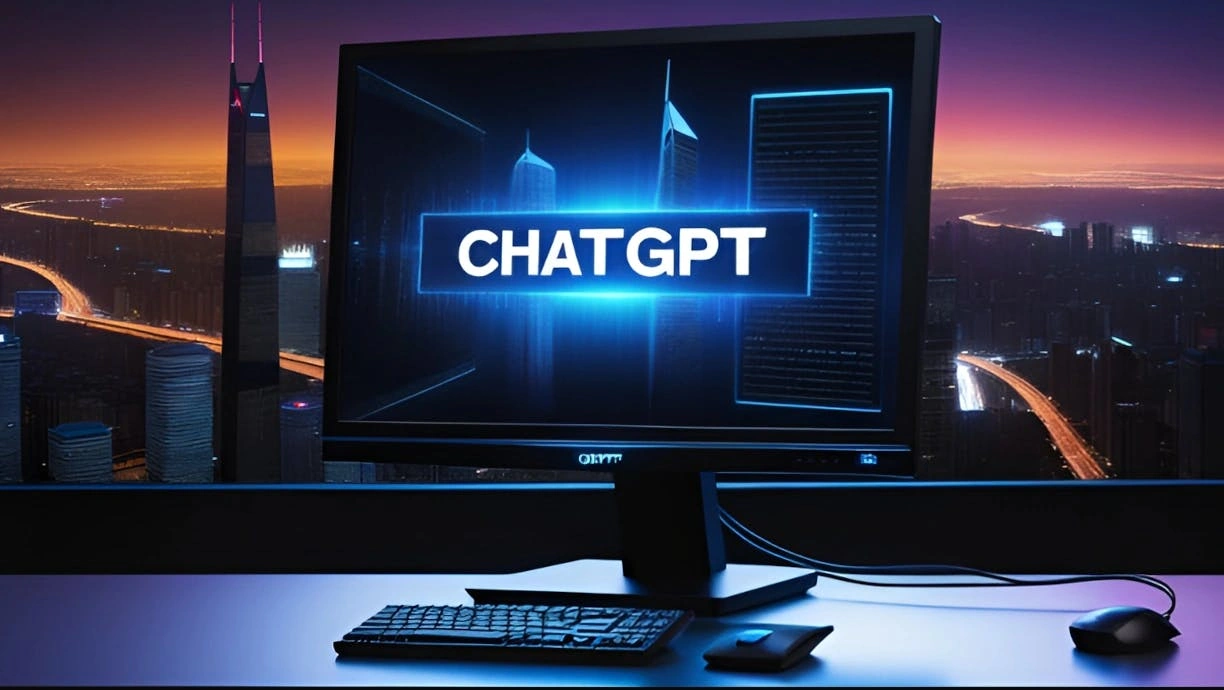





























![[FREE EBOOKS] Solutions Architect’s Handbook, Continuous Testing, Quality, Security, and Feedback & Four More Best Selling Titles](https://www.javacodegeeks.com/wp-content/uploads/2012/12/jcg-logo.jpg)












































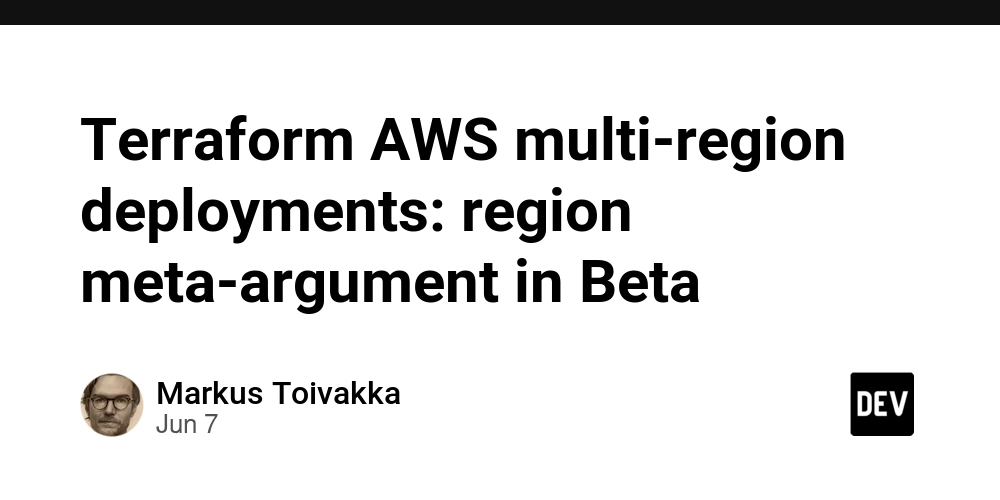
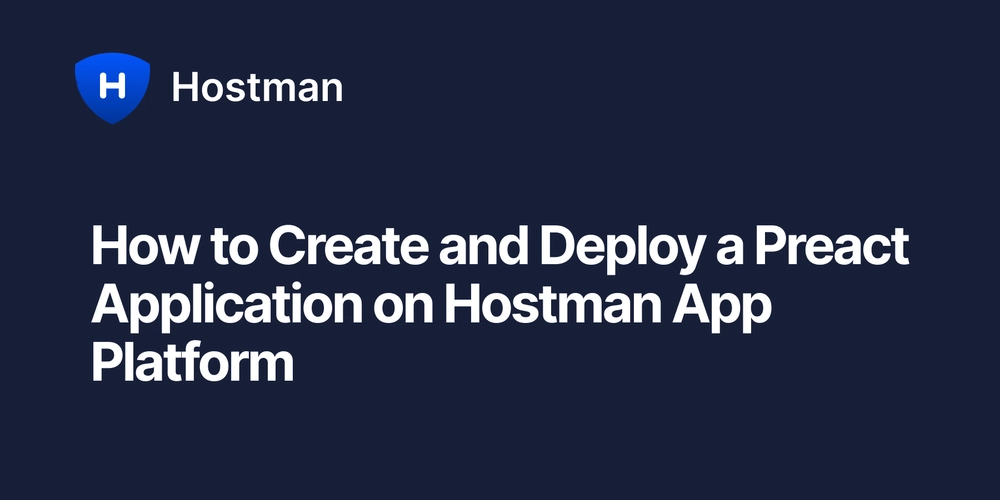




![From electrical engineering student to CTO with Hitesh Choudhary [Podcast #175]](https://cdn.hashnode.com/res/hashnode/image/upload/v1749158756824/3996a2ad-53e5-4a8f-ab97-2c77a6f66ba3.png?#)





























































































